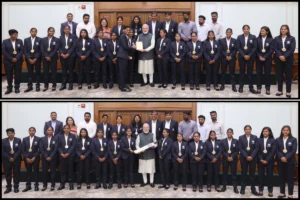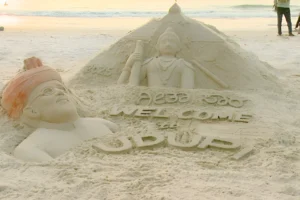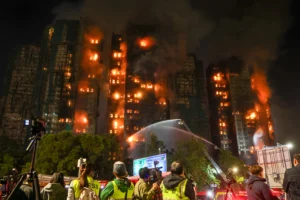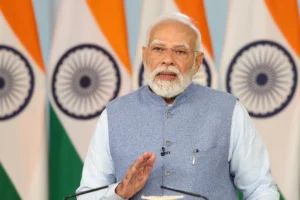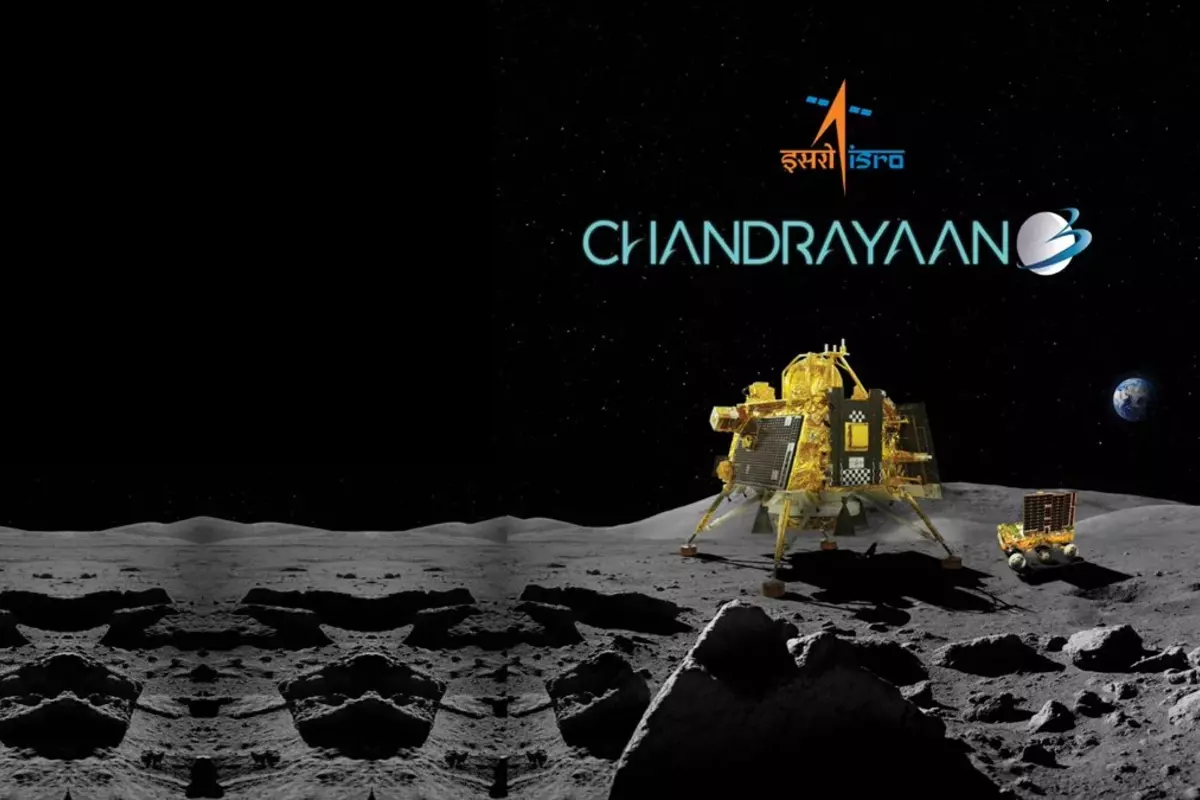
Chandrayaan-3
The Chandrayaan 3 Vikram Lander is using its LHDAC camera to capture images of the lunar surface. Through this, Vikram is searching for a safe location on the moon’s surface for a successful landing. The presence of large rocks and craters poses a significant challenge for a safe landing on the moon. However, scientists say that Vikram has been programmed in such a way that it can handle these challenges.
The Indian Space Research Organisation (ISRO) had stated on Monday that Vikram’s camera can capture fine details, enabling it to identify various risks on the moon’s surface and ensure its own safety. Presently, it is capturing images of potential landing sites marked on the south pole. These images will assist in selecting the most suitable landing site, ensuring it is free from rocks or crevices. A better spot will be chosen where post-landing procedures can be carried out smoothly.
Familiar with every danger on the moon, ‘Vikram’
Chandrayaan-3’s Vikram Lander is set to touch down on the lunar south pole. Notably, there is limited information available about this region even among other space agencies. However, ISRO’s former Director, K. Sivan, asserts that the current mission is highly successful and functioning well. Based on lessons learned from Chandrayaan-2’s crash landing, Chandrayaan-3 was prepared. Old errors were corrected, and new techniques with advanced sensors were incorporated, minimizing the margin of error.
It’s worth noting that during the launch of Chandrayaan-1, ISRO’s then Director, K. Nayar, highlighted the complexity of landing. Multiple tasks need to be carried out simultaneously during the landing phase, managing thrusters, sensors, altimeters, computer software, and various other components. Even a minor glitch during this process could lead to a mission’s failure. Therefore, rigorous monitoring will be maintained during the final 15 minutes of the mission.
Vikram will land on the moon, no matter what
ISRO’s current Chief, S. Somnath, has claimed that even if everything fails, Vikram Lander will touch down on the lunar surface. He stated that in the worst case scenario of sensor failure, Vikram Lander is capable of landing successfully, provided its algorithm works properly. Even if both engines fail this time, Vikram will still land. He also revealed that Vikram is accompanied by the Pragyan Rover, which will gather data from the moon’s surface.”
To read more such news, download Bharat Express news apps









